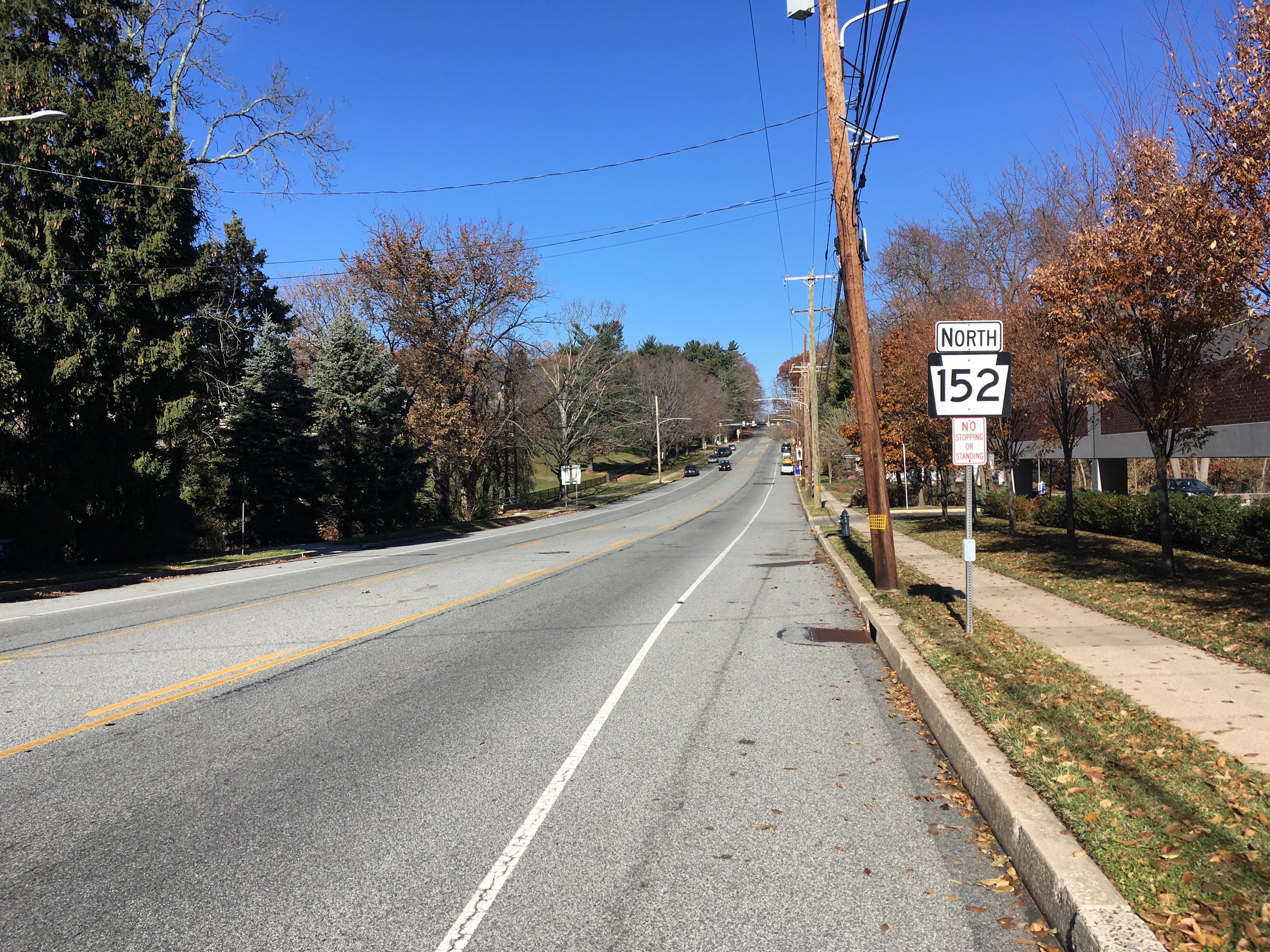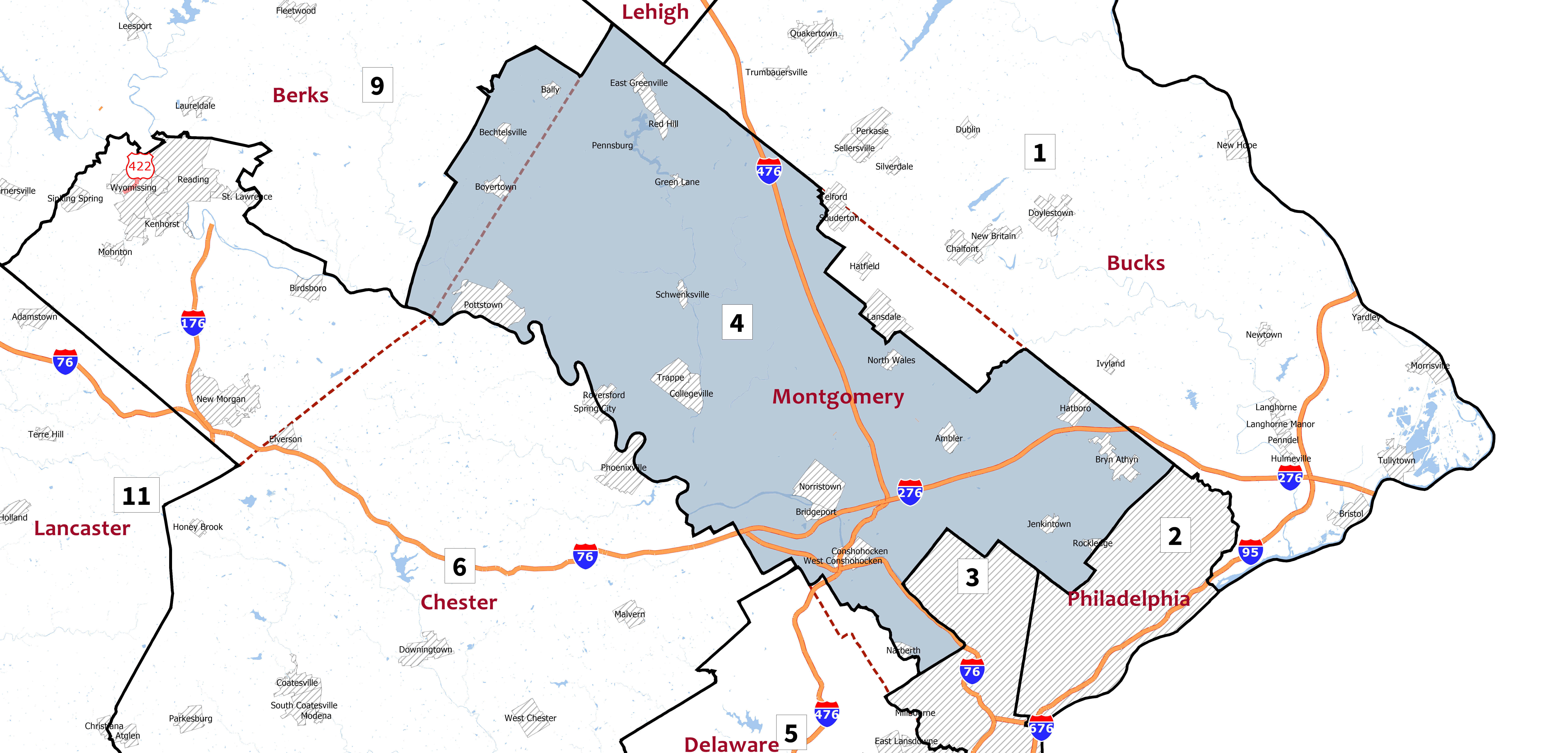|
Park Creek (Little Neshaminy Creek)
Park Creek is a tributary of the Little Neshaminy Creek, part of the Delaware River Watershed meeting its confluence at the Little Neshaminy's 9.00 river mile. History Park Creek is named for Graeme Park near Horsham, Pennsylvania.MacReynolds, George, ''Place Names in Bucks County, Pennsylvania'', Doylestown, Bucks County Historical Society, Doylestown, Pennsylvania, 1942, p. 1 Statistics Park Creek's watershed covers , passing through suburban areas in Warrington Township, Horsham Township, Montgomery Township, and Lower Gwynedd Township. The Geographic Name Information System I.D. is 1183295, U.S. Department of the Interior Geological Survey I.D. is 02661. Course The northern branch of Park Creek rises near Hartman Road (SR 2014) in Montgomery Township, running southeast for about then turns east for , then back to southeast for to its confluence with the west branch. The west branch rises near Tennis Avenue in Lower Gwynedd Township, flowing northeast for about to the c ... [...More Info...] [...Related Items...] OR: [Wikipedia] [Google] [Baidu] |
United States
The United States of America (U.S.A. or USA), commonly known as the United States (U.S. or US) or America, is a country primarily located in North America. It consists of 50 states, a federal district, five major unincorporated territories, nine Minor Outlying Islands, and 326 Indian reservations. The United States is also in free association with three Pacific Island sovereign states: the Federated States of Micronesia, the Marshall Islands, and the Republic of Palau. It is the world's third-largest country by both land and total area. It shares land borders with Canada to its north and with Mexico to its south and has maritime borders with the Bahamas, Cuba, Russia, and other nations. With a population of over 333 million, it is the most populous country in the Americas and the third most populous in the world. The national capital of the United States is Washington, D.C. and its most populous city and principal financial center is New York City. Paleo-Americ ... [...More Info...] [...Related Items...] OR: [Wikipedia] [Google] [Baidu] |
Lower Gwynedd Township, Pennsylvania
Lower Gwynedd Township ( ) is a township in Montgomery County, Pennsylvania, United States. The population was 11,405 at the 2010 census. The township comprises four villages: Gwynedd, Gwynedd Valley, Penllyn, and Spring House. While its postal address is in Ambler, Pennsylvania (19002), it is separate from the Borough of Ambler. Lower Gwynedd Township was founded in 1698. History Gwynedd was founded in 1698 by Welsh Quakers. The township was then split into Lower Gwynedd and Upper Gwynedd in 1891. Gwynedd Hall and the Jacob Kastner Loghouse are listed on the National Register of Historic Places. Geography According to the United States Census Bureau, the township has a total area of 9.4 square miles (24.2 km2), of which 9.3 square miles (24.2 km2) is land and 0.11% is water. The township has twenty miles of trails and 120 acres of parkland. Demographics As of the 2010 census, the township was 84.0% White, 6.9% Black or African American, 0.1% ... [...More Info...] [...Related Items...] OR: [Wikipedia] [Google] [Baidu] |
Pennsylvania Route 152
Pennsylvania Route 152 (PA 152) is a state highway located in the U.S. state of Pennsylvania. The route travels north–south from an interchange with PA 309 located in the Cedarbrook neighborhood of Cheltenham Township in Montgomery County north to another interchange with PA 309 located northeast of Telford in Bucks County. PA 152 is known as Limekiln Pike for most of its length. From the southern terminus, the route passes through suburban areas to the north of Philadelphia, serving Dresher, Maple Glen, and Chalfont. North of Chalfont, PA 152 runs through rural suburbs of Philadelphia before reaching Silverdale. Past here, the road continues northwest through Perkasie, where it turns southwest and passes through Sellersville before reaching its northern terminus. What is now PA 152 was originally Limekiln Road, a road built to transport lime from area kilns. The road was a turnpike between the 1850s and 1917. The route was first ... [...More Info...] [...Related Items...] OR: [Wikipedia] [Google] [Baidu] |
Pennsylvania Route 63
Pennsylvania Route 63 (PA 63) is a state highway located in the Philadelphia, Pennsylvania area. The western terminus of the route is at PA 29 in Green Lane, Montgomery County. The eastern terminus is at Interstate 95 (I-95) in Bensalem Township, Bucks County. PA 63 runs northwest to southeast for most of its length. The route heads through a mix of suburban and rural areas of northern Montgomery County as a two-lane road, passing through Harleysville, before coming to an interchange with I-476 (Pennsylvania Turnpike Northeast Extension) in Kulpsville. From this point, PA 63 continues through predominantly suburban areas of eastern Montgomery County as a two- to four-lane road, passing through Lansdale, Maple Glen, Willow Grove, and Huntingdon Valley. Upon entering Northeast Philadelphia, the route follows Red Lion Road and U.S. Route 1 (US 1) before heading southeast on a freeway called Woodhaven Road to I-95. What would become P ... [...More Info...] [...Related Items...] OR: [Wikipedia] [Google] [Baidu] |
Pennsylvania Route 463
Pennsylvania Route 463 (PA 463) is a state highway completely in Montgomery County, Pennsylvania. Its western terminus is at PA 63 in Hatfield Township and its eastern terminus is at PA 611 in Horsham. PA 463 runs through the northern suburbs of Philadelphia and passes through the towns of Hatfield, Montgomeryville, and Horsham. The route intersects PA 309, U.S. Route 202 Business (US 202 Bus.), and US 202 in Montgomeryville and PA 152 in Prospectville. Through its length, the route carries the names Forty Foot Road, Broad Street, Main Street, Cowpath Road, and Horsham Road. PA 463 was designated in 1928 and fully paved by 1940. In 2010, a portion of the route in Montgomery Township was widened. Route description PA 463 begins an intersection with PA 63 on the border of Hatfield Township and Towamencin Township in the North Penn Valley region, heading northeast on four-lane undivided F ... [...More Info...] [...Related Items...] OR: [Wikipedia] [Google] [Baidu] |
Montgomery County, Pennsylvania
Montgomery County is a county in the Commonwealth of Pennsylvania. It is the third-most populous county in Pennsylvania and the 73rd-most populous county in the United States. As of the 2020 census, the population of the county was 856,553, representing a 7.1% increase from the 799,884 residents enumerated in the 2010 census. Montgomery County is located adjacent to and northwest of Philadelphia. The county seat and largest city is Norristown. Montgomery County is geographically diverse, ranging from farms and open land in the extreme north of the county to densely populated suburban neighborhoods in the southern and central portions of the county. Montgomery County is included in the Philadelphia- Camden- Wilmington PA- NJ- DE- MD metropolitan statistical area, sometimes expansively known as the Delaware Valley. The county marks part of the Delaware Valley's northern border with the Lehigh Valley region of Pennsylvania. In 2010, Montgomery County was the 66th-wealthiest ... [...More Info...] [...Related Items...] OR: [Wikipedia] [Google] [Baidu] |
Limestone
Limestone ( calcium carbonate ) is a type of carbonate sedimentary rock which is the main source of the material lime. It is composed mostly of the minerals calcite and aragonite, which are different crystal forms of . Limestone forms when these minerals precipitate out of water containing dissolved calcium. This can take place through both biological and nonbiological processes, though biological processes, such as the accumulation of corals and shells in the sea, have likely been more important for the last 540 million years. Limestone often contains fossils which provide scientists with information on ancient environments and on the evolution of life. About 20% to 25% of sedimentary rock is carbonate rock, and most of this is limestone. The remaining carbonate rock is mostly dolomite, a closely related rock, which contains a high percentage of the mineral dolomite, . ''Magnesian limestone'' is an obsolete and poorly-defined term used variously for dolomite, for limes ... [...More Info...] [...Related Items...] OR: [Wikipedia] [Google] [Baidu] |
Shale
Shale is a fine-grained, clastic sedimentary rock formed from mud that is a mix of flakes of clay minerals (hydrous aluminium phyllosilicates, e.g. kaolin, Al2 Si2 O5( OH)4) and tiny fragments (silt-sized particles) of other minerals, especially quartz and calcite.Blatt, Harvey and Robert J. Tracy (1996) ''Petrology: Igneous, Sedimentary and Metamorphic'', 2nd ed., Freeman, pp. 281–292 Shale is characterized by its tendency to split into thin layers ( laminae) less than one centimeter in thickness. This property is called '' fissility''. Shale is the most common sedimentary rock. The term ''shale'' is sometimes applied more broadly, as essentially a synonym for mudrock, rather than in the more narrow sense of clay-rich fissile mudrock. Texture Shale typically exhibits varying degrees of fissility. Because of the parallel orientation of clay mineral flakes in shale, it breaks into thin layers, often splintery and usually parallel to the otherwise indistinguishable beddin ... [...More Info...] [...Related Items...] OR: [Wikipedia] [Google] [Baidu] |
Argillite
:''"Argillite" may also refer to Argillite, Kentucky.'' Argillite () is a fine-grained sedimentary rock composed predominantly of indurated clay particles. Argillaceous rocks are basically lithified muds and oozes. They contain variable amounts of silt-sized particles. The argillites grade into shale when the fissile layering typical of shale is developed. Another name for poorly lithified argillites is ''mudstone''. These rocks, although variable in composition, are typically high in aluminium and silica with variable alkali and alkaline earth cations. The term ''pelitic'' or ''pelite'' is often applied to these sediments and rocks. Metamorphism of argillites produces slate, phyllite, and pelitic schist. Belt Supergroup The Belt Supergroup, an assemblage of rocks of late Precambrian (Mesoproterozoic) age, includes thick sequences of argillite, as well as other metamorphosed or semi-metamorphosed mudstones.Schieber, J. 1990. Significance of styles of epicontinental shale sedime ... [...More Info...] [...Related Items...] OR: [Wikipedia] [Google] [Baidu] |
Lockatong Formation
The Triassic Lockatong Formation is a mapped bedrock unit in Pennsylvania, New Jersey, and New York. It is named after the Lockatong Creek in Hunterdon County, New Jersey. Description The Lockatong is defined as a light to dark gray, greenish-gray, and black very fine grained sandstone, silty argillite, and laminated mudstone. In New Jersey, the cyclic nature of the formation is noted with hornfels near diabase and basalt flows. Depositional environment The Lockatong is often described as lake or litoral sediments. The interfingering nature of the sediments with the surrounding Stockton Formation and Passaic Formation suggests that these litoral environments shifted as climate or as the dynamic terrane of the area developed.Faill, R.T., (2004). The Birdsboro Basin. ''Pennsylvania Geology'' V. 34 n. 4. The deposition of calcitic sediments is indicative of a climate with high evaporation rates. Paleobiota Invertebrate burrows are the most common fossils in the Lockatong Formation. ... [...More Info...] [...Related Items...] OR: [Wikipedia] [Google] [Baidu] |
Geology Of Pennsylvania
The Geology of Pennsylvania consists of six distinct physiographic provinces, three of which are subdivided into different sections. Each province has its own economic advantages and geologic hazards and plays an important role in shaping everyday life in the state. They are: (listed from the southeast corner to the northwest corner) the Atlantic Coastal Plain Province, the Piedmont Province, the New England Province, the Ridge and Valley Province, the Appalachian Plateau Province, and the Central Lowlands Province. A majority of the rocks in Pennsylvania exposed at the surface are sedimentary and were deposited during the Paleozoic Era. Almost all of the metamorphic and igneous rocks are confined to the southeast portion of the state. A total of four orogenies have affected the rocks of the Commonwealth including the Grenville orogeny, the Taconic orogeny, the Acadian orogeny, and the Appalachian orogeny. The Appalachian event has left the most evidence and has continued to sh ... [...More Info...] [...Related Items...] OR: [Wikipedia] [Google] [Baidu] |








